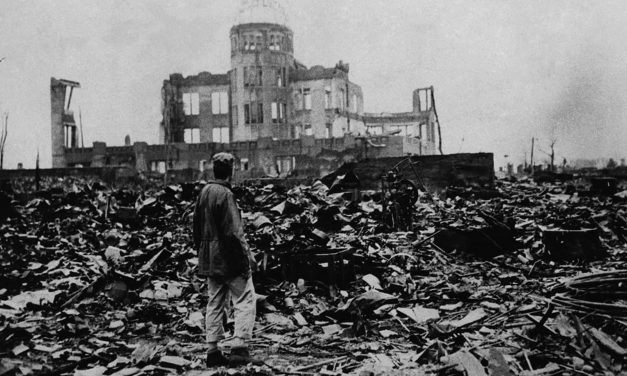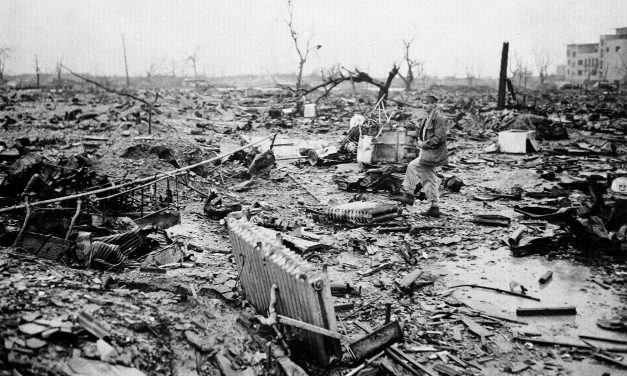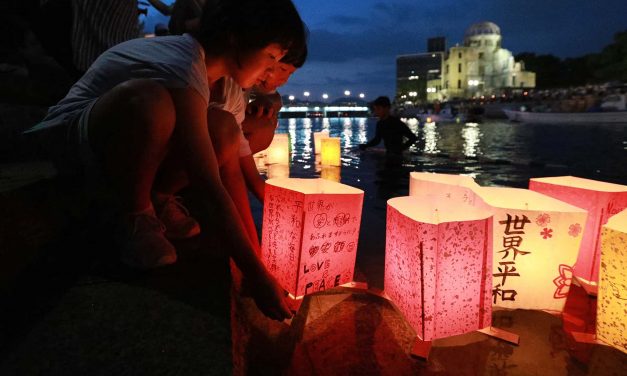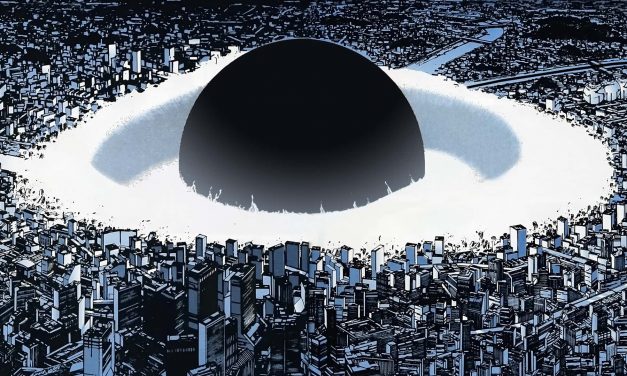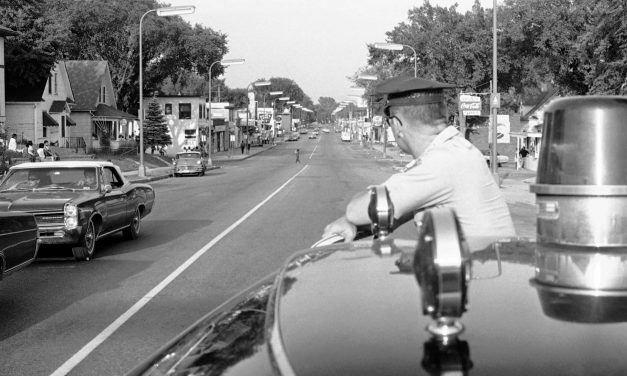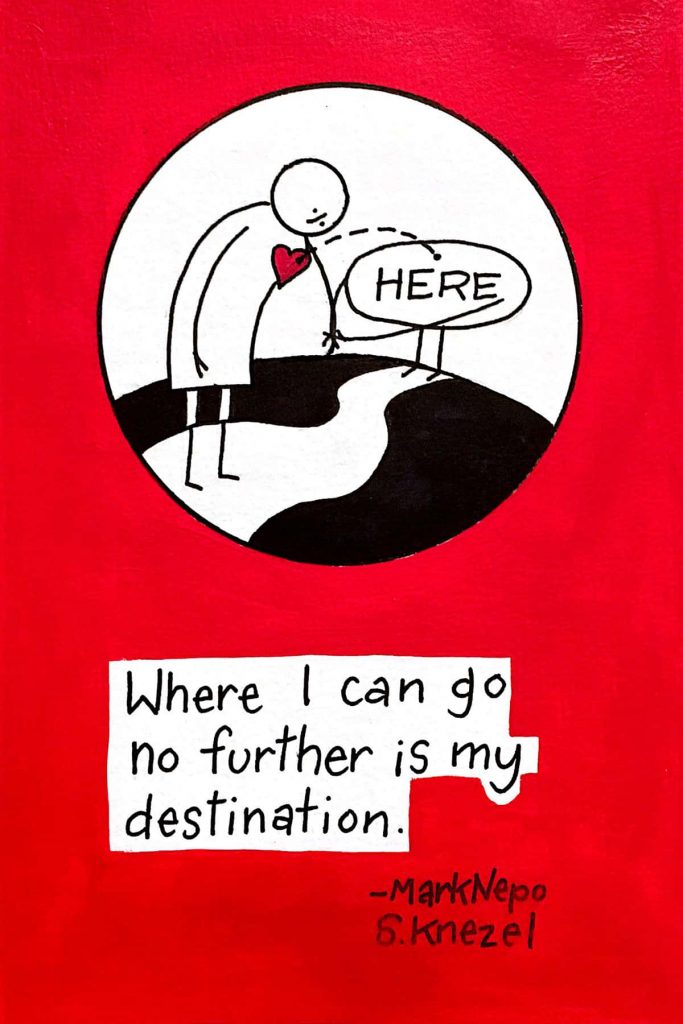An Atomic Amnesia: Why there are so few narratives about the bombing of Hiroshima and Nagasaki
By Sofia Ahlberg, Lecturer in Contemporary Literature, La Trobe University On this day, August 6, seven and a half decades ago, the United States dropped atomic bombs on the Japanese cities of Hiroshima and – on August 9 – Nagasaki. While early postwar literature registered fear of atomic warfare, there are only few references to the bomb in contemporary culture. Some argue that the bombings have sunk into the recesses of the collective unconscious. According to Hiroshima scholar Greg Mitchell in a book he co-authored with Robert Lifton, Hiroshima in America: A Half Century of Denial (1996), the US...
Read More
